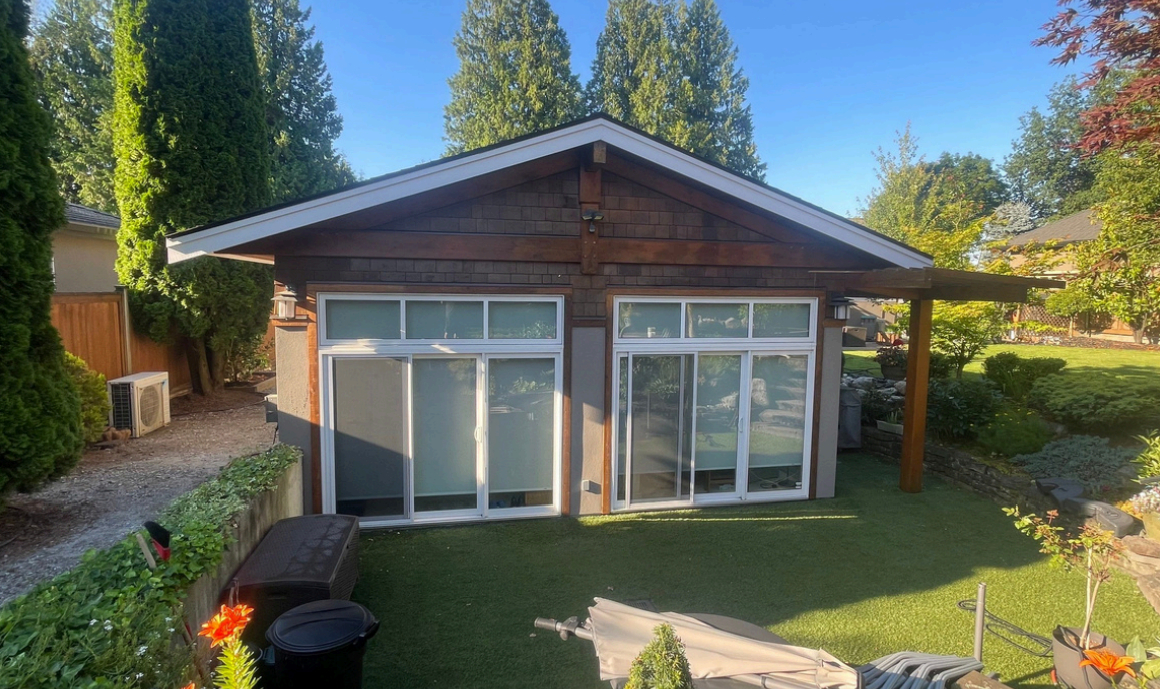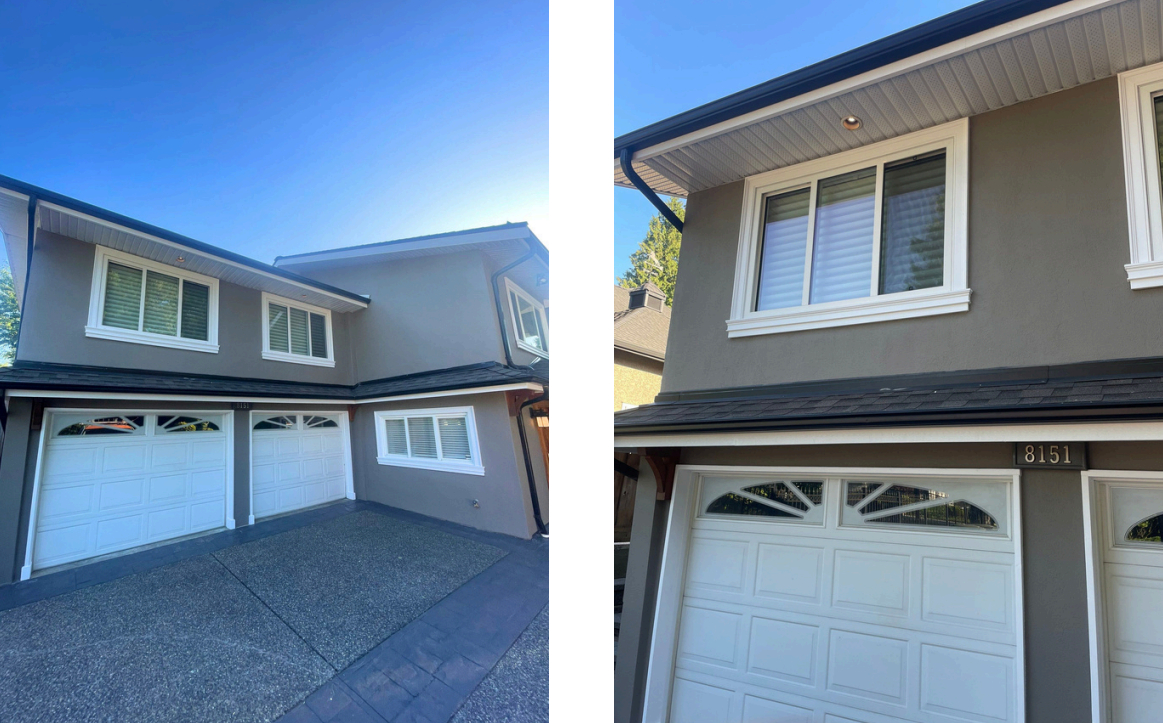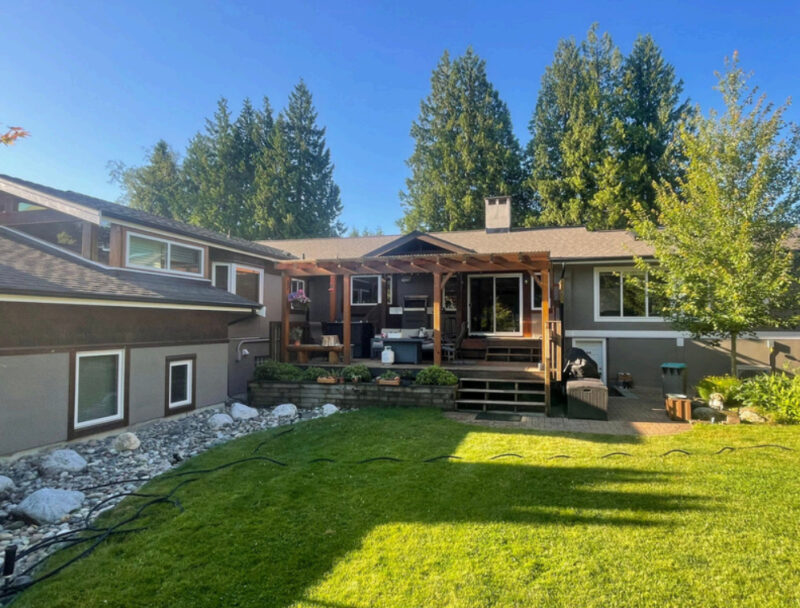It’s frustrating to spend time and money on a fresh coat of paint only to watch it bubble, flake, or peel just months later. Most people think paint should last years—maybe even a decade—before needing a touch-up. But peeling paint isn’t always about age. In fact, more often than not, it’s about what happened before the brush ever touched the wall. If your house paint looks like it’s falling apart way too soon, there’s a good chance one of these hidden culprits is to blame.
Poor Surface Preparation Causes House Paint to Peel Early
Paint needs a clean, dry, and stable surface to do its job. Slapping fresh paint over dirt, dust, or old, peeling layers is like laying new carpet over a cracked floor. It might look okay at first, but things start to fall apart quickly. Without proper prep, paint has nothing to grip onto. It might look smooth for a week or two, but once the sun hits or the first rain comes through, the adhesion starts to fail.
Many people skip the most important steps in the prep phase: pressure washing, sanding, and filling cracks. These aren’t optional—they’re essential. If old flakes or chalky residue stay on the wall, they act like a barrier between the new coat and the actual surface. That weak connection causes bubbling and peeling not long after the job is done. A little prep goes a long way when it comes to keeping a house paint looking fresh.

Why Ignoring Primer Shortens Exterior Paint Life
Primer isn’t just an extra step—it’s the glue that helps paint stick and last longer. Skipping primer means asking paint to bond directly with raw surfaces or inconsistent old coats. That’s a tall order, and the result is often patchy coverage that starts peeling before its time. Primer helps seal porous materials and creates a uniform surface so the paint can hold on tight.
Primer also blocks out stains and resists moisture. Without it, the paint has to do all the work, and most products aren’t built to handle that kind of pressure alone. A quality primer under your exterior paint means better performance, more vibrant color, and fewer problems with cracking and peeling down the road. It’s the base layer your home quietly relies on.
Moisture Trapped Beneath Exterior Paint Leads to Failure
Moisture is sneaky—and if it’s trapped beneath the surface when paint is applied, problems show up fast. Whether it’s due to recent rain, morning dew, or even high humidity, wet surfaces can interfere with how paint cures and bonds. Paint might dry on the outside, but underneath, water keeps trying to escape, eventually pushing the paint away from the surface.
This hidden moisture can also come from the inside out. Leaks, poor ventilation, or damp walls can all trap water behind what looks like a clean exterior. Once that water starts to move, so does the paint. It blisters, bubbles, and eventually peels. Making sure surfaces are completely dry and addressing any internal moisture issues helps protect against a disappointing finish.
Low-Quality House Paint That Fails Under Harsh Weather
Not all paints are made the same. Some are packed with fillers and low-grade pigments that just can’t handle harsh outdoor conditions. Cheap paint might save a few dollars up front, but it tends to break down quickly when hit with sunlight, wind, rain, and temperature swings. It fades fast, cracks sooner, and doesn’t offer much resistance to peeling.
High-quality paint, on the other hand, is formulated to resist UV rays, shed water, and flex with the surface as it expands and contracts. It stays put because it’s built to. Investing in a better product once means fewer repaints down the line and less frustration for the homeowner who just wants their walls to hold up.
Incorrect Application Methods Homeowners Often Overlook
Even the best paint can fail if applied the wrong way. Using the wrong brushes, rollers, or sprayers can result in uneven coverage and weak adhesion. Applying paint too thick can cause it to skin over before it cures underneath. On the flip side, applying it too thin might not offer enough protection or coverage at all. Either way, it’s peeling waiting to happen.
Timing matters too. Painting in direct sunlight or during very cold temperatures prevents the paint from setting correctly. The surface may look dry, but internally, it’s unstable. This is where experience comes into play. Professionals know how to time their work and use proper techniques that help the paint last through seasons, not just weeks.

UV Exposure Damages Exterior Paint Without Proper Protection
Sunlight does more than warm the siding—it bombards it with UV radiation that slowly breaks down paint molecules. Without UV-resistant additives, paint becomes brittle over time. It may start fading, chalking, or turning powdery to the touch. That’s the beginning of the end, and once the top layer starts to fail, peeling follows fast.
UV exposure can also cause certain colors to degrade faster than others, especially darker tones. That’s why UV protection isn’t just for sunscreen—your exterior paint needs it too. Choosing a paint that’s rated for sunlight protection keeps color vibrant and the surface stable. It’s a small feature that makes a huge difference in long-term durability.
How Neglected Painting Trims Accelerate Paint Peeling
The details around windows, doors, and fascia boards matter more than they get credit for. If painting trims are ignored or rushed, water can creep into the edges and seams. Over time, this moisture softens the surface and lifts the paint. These small areas are also where peeling often starts—and once it does, it spreads.
Trim boards expand and contract more than flat walls, so they need a little extra care. Caulking gaps, sealing joints, and using flexible paint products help prevent cracks and peeling. Keeping an eye on these small details is part of making the whole house look good and stay protected. Overlooking them puts the rest of your paint job at risk.
Work With EB Painting to Keep Your Exterior Looking Great for Years
Peeling paint is more than an eyesore—it’s a signal that something went wrong. Whether it was rushed prep, cheap products, or poor timing, these issues can be avoided with the right team on the job. That’s where EB Painting comes in. With a professional crew that understands the unique challenges of outdoor surfaces, we help make sure paint goes on right and stays put. From the first wash to the final stroke, we bring experience and care to every step.
EB Painting doesn’t just apply paint—we treat your home like it’s their own. We take time to check the surface, prep thoroughly, and use high-quality products that withstand Alabama’s changing weather. Whether it’s trims, siding, or full repaints, we make it last. Want your next paint job to look sharp for years, not months? Contact us today and let EB Painting handle it right the first time.





